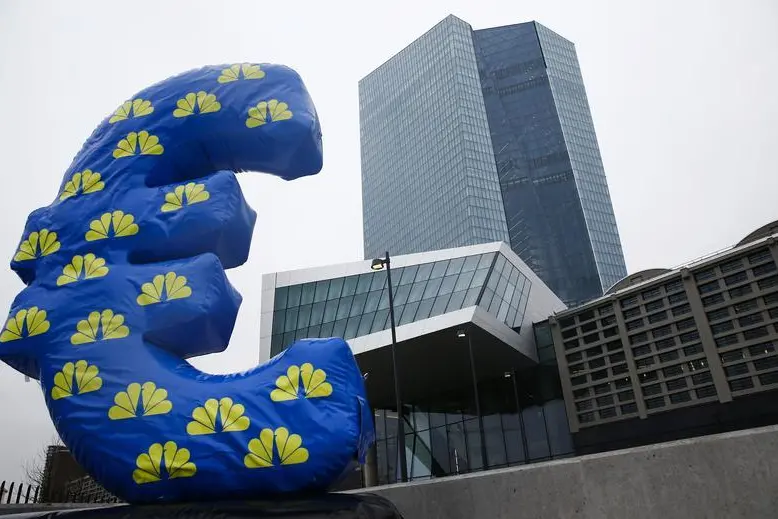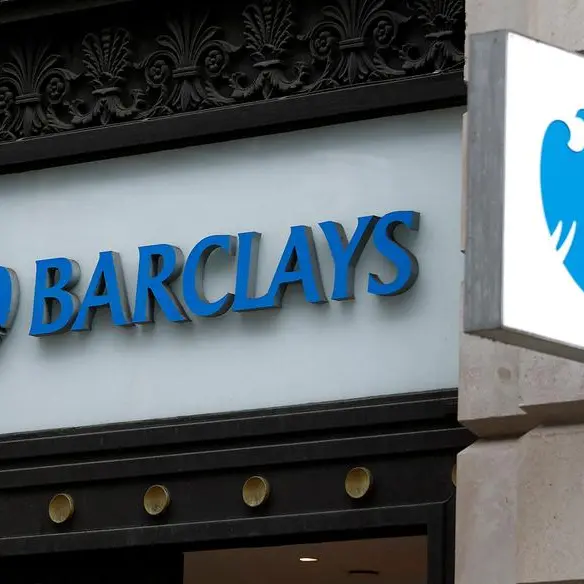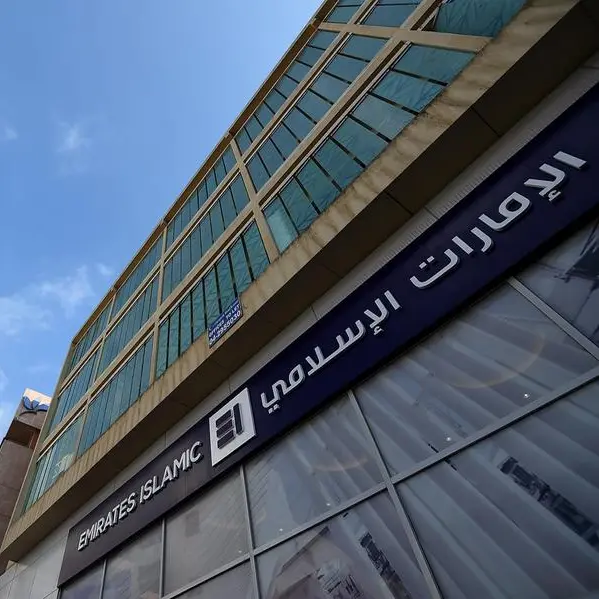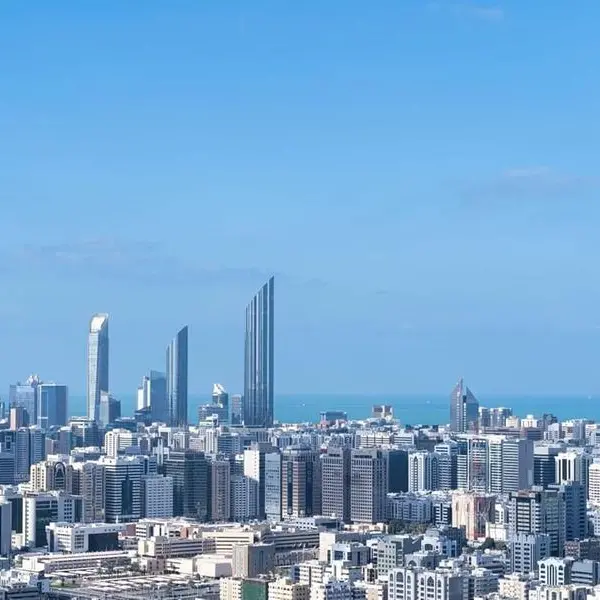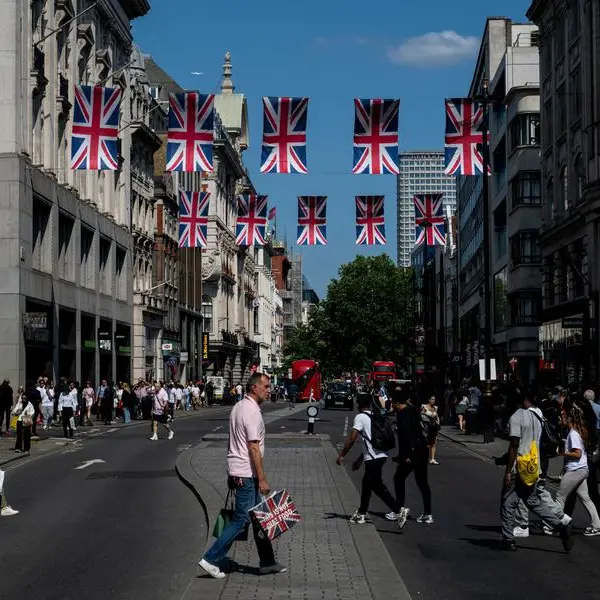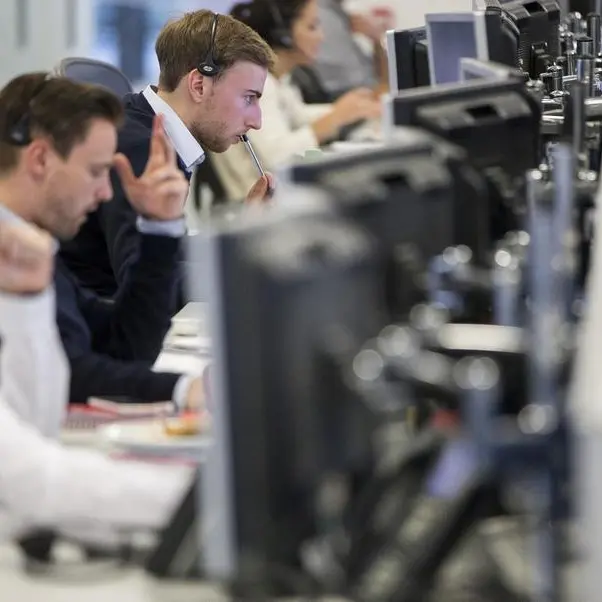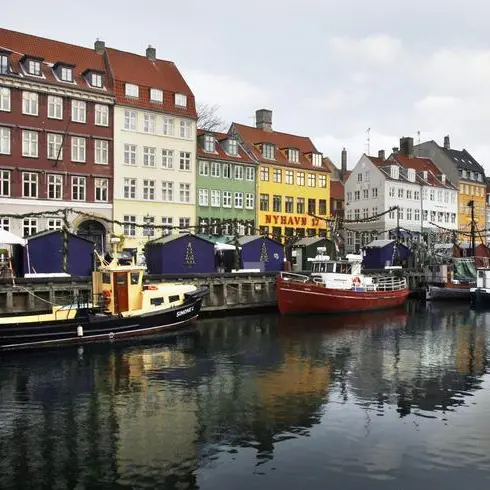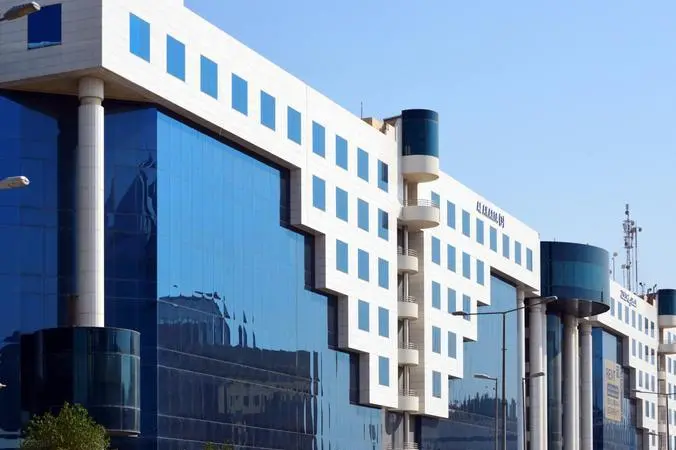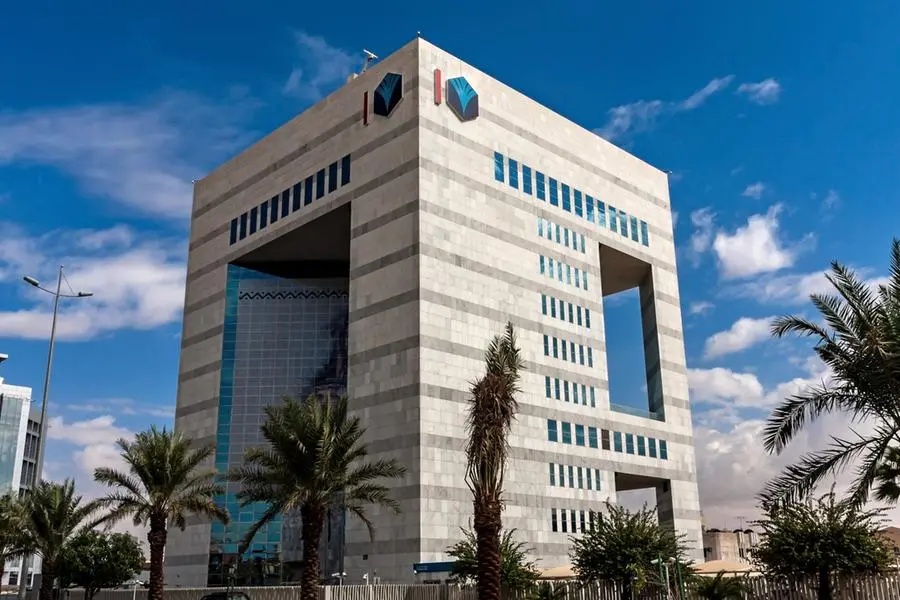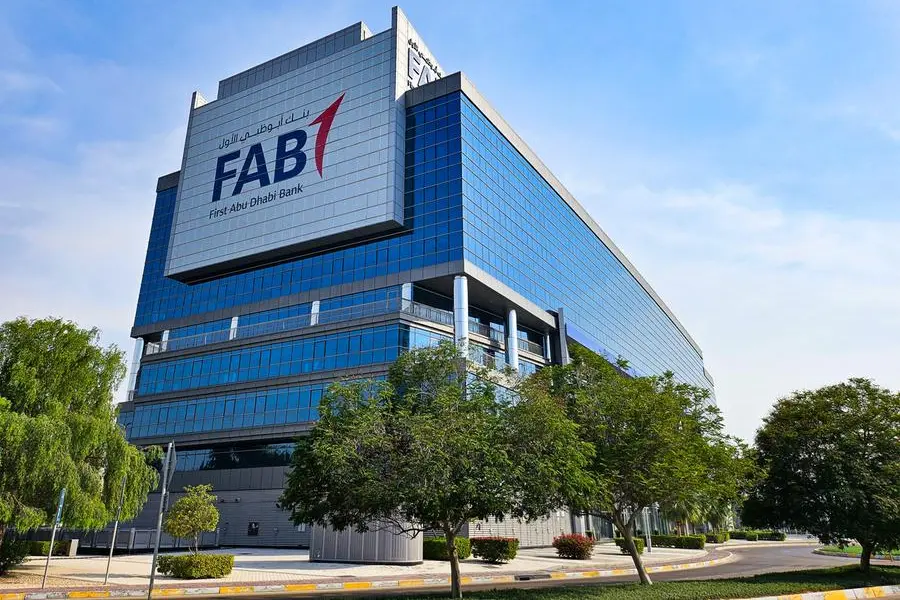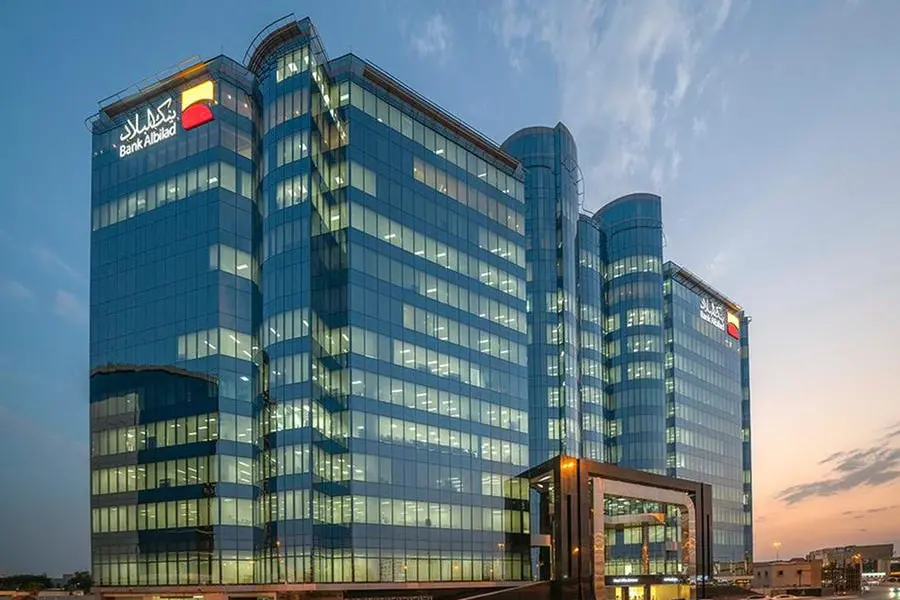PHOTO
Eurozone business activity fell in November for the sixth straight month, but the rate of decline slowed from October, a closely-watched showed Thursday.
S&P Global's Purchasing Managers' Index (PMI) improved to 47.1 from 46.5 in October, but that figure still points to the risk of recession in the final months of this year.
A result below 50 indicates contraction.
"The Eurozone economy is stuck in the mud. Over the last four to five months, the manufacturing and services sectors have both been experiencing a relatively constant contraction pace," said Cyrus de la Rubia, chief economist at Hamburg Commercial Bank, which works with S&P Global.
Its model "indicates the potential for a second consecutive quarter of shrinking GDP. This would align with the commonly accepted criterion for a technical recession."
Eurozone gross domestic product (GDP) fell by 0.1 percent in the third quarter, according to the latest figures from Eurostat, after a slight increase of 0.2 percent in the second quarter.
"The November PMI does not provide much evidence that eurozone GDP growth will turn positive in the fourth quarter, but the good news is that the downturn is not deepening, ING said in a note.
"We're currently likely in a very shallow technical recession."
While unemployment is still at its lowest level among the 20 countries using the single currency, standing at 6.5 percent in September, the weakness of activity is beginning to hit the job market, S&P said.
"Spare capacity as a result of the drop off in new work inflows meant that firms scaled back their workforce numbers during November, following no change in October," S&P said.
"The fall in employment was the first in just under three years, but only marginal."
